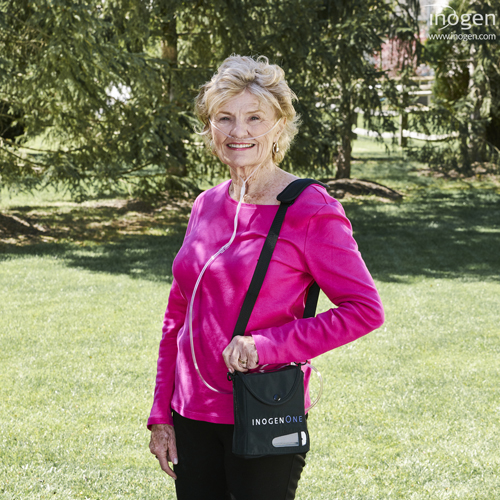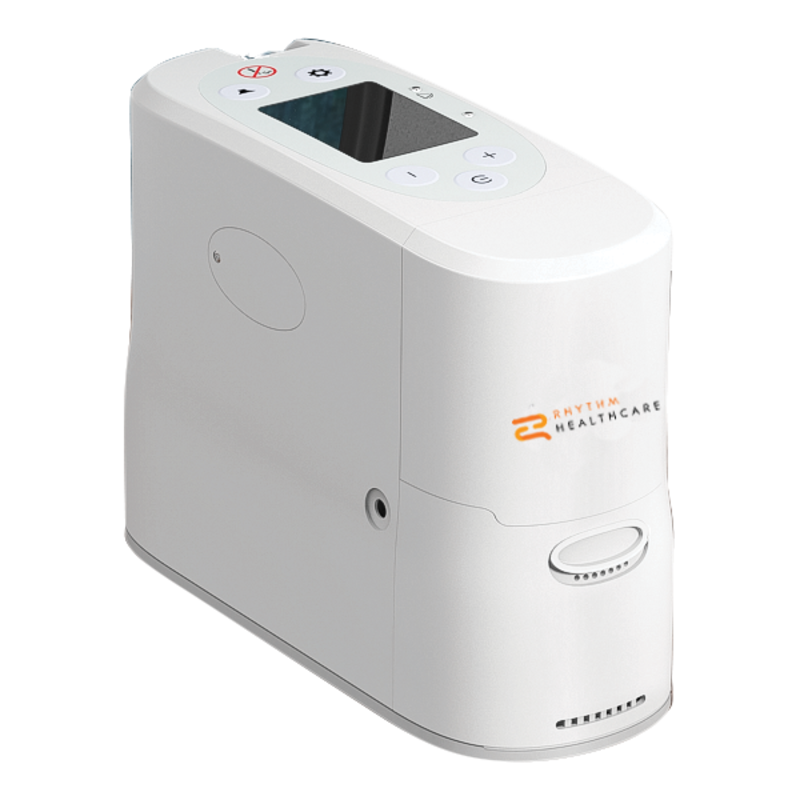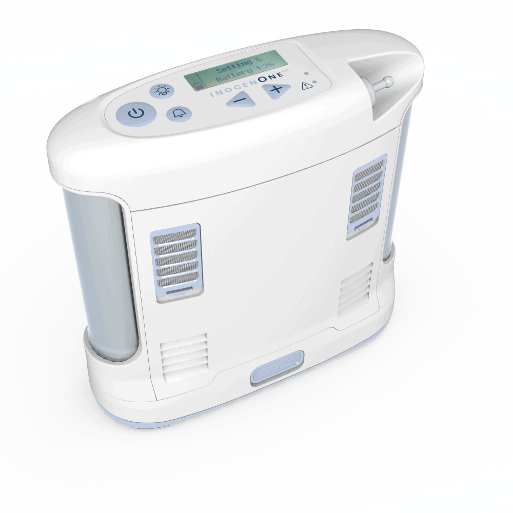Portable Oxygen Concentrators Things To Know Before You Buy
Wiki Article
5 Easy Facts About Portable Oxygen Concentrators Described
Table of ContentsPortable Oxygen Concentrators Fundamentals ExplainedNot known Facts About Portable Oxygen Concentrators9 Easy Facts About Portable Oxygen Concentrators Shown4 Easy Facts About Portable Oxygen Concentrators Shown
Fixed oxygen concentrators were when the criterion, however these storage tanks might weigh 50 pounds and were really difficult (Portable Oxygen Concentrators). Currently, mobile oxygen concentrators get the job done, and they can fit into a bag or bag! The only point you must remember is that portable concentrators have more limited oxygen distribution capacitiesThere are two main kinds of mobile oxygen concentrators: pulse dose and continuous circulation. As the name recommends, pulse dose concentrators give oxygen periodically, only activating when you inhale. This kind of gadget is normally recommended for COPD patients with minimal oxygen demands, as the amount of O2 that a pulse dosage concentrator can provide is relatively reduced.
This gadget can deliver up to 3,000 m, L of oxygen every min, while pulse dose tools tend to cover out at 1250 m, L. Constant flow tools are the go-to for many COPD patients, as they're ideal for individuals who require two to 5 liters of oxygen a min.
Now that you have this overview to the various types of mobile oxygen machines, select the ideal device with the assistance of your medical professional.
All About Portable Oxygen Concentrators
We asked yourself just how well these mobile oxygen concentrators would work in healthcare facilities. POC concentrators raise the percentage of oxygen in ambient air individuals take a breath in, whenever they require an increase.When it comes to mobile oxygen treatment, there are 2 major alternatives for distribution. These are mobile oxygen cyndrical tubes which have pressed oxygen gas, or oxygen concentrators, which make use of a battery powered system to press and filter air, in order to produce a constant supply of focused oxygen. In this post, AMS Composite Cylinders Technical Director, Tony Morrin, contrasts the 2, checking out the advantages and disadvantages of each oxygen distribution system for NHS clinical oxygen customers in terms of person autonomy.

Mobile Oxygen Concentrator Oxygen pureness is consistently higher when supplied from cyndrical tubes it never ever goes down listed below 99. Whilst oxygen concentrators can be useful for clients that need a lower flow of oxygen, cyndrical tubes provide greater focus that can be extra ideal for clients with high circulation requirements.
A Biased View of Portable Oxygen Concentrators
Both systems more require the person to carry about tools. For cylinders, this will certainly consist of carrying a bag (and sometimes a cart) and for mobile oxygen concentrators this will consist of the bag, cart and power battery charger. Weight wise, portable oxygen concentrators can be equivalent in weight, or in some cases, lighter than standard aluminium cyndrical tube systems.
They will certainly have to improve dramatically if they are to provide the exact same level of efficiency as equivalent composite cyndrical tubes. Oxygen constantly carries a security threat. On one hand, need to cylinders spring a leak, they can produce an oxygen abundant atmosphere that can result in a rise in fire threat.

The difference is that there are significant upfront costs to purchasing a mobile oxygen concentrator, yet reduced running costs making use of cylinders enables the buyer to spread the cost over an extensive time period. One minor downside of a portable oxygen concentrator is the sound mobile systems make a considerable quantity of noise during procedure, which numerous people find disruptive.
Not known Facts About Portable Oxygen Concentrators

Our premium carbon composite cylinders supply high pressure (300 Bar), reduced weight, and NLL (Non-Limited Life) performance, and are accredited for usage worldwide. Further details about AMS Composite Cylinders Ltd can be found at .
Oxygen concentrators are made with individual flexibility in mind. Whether it's a desktop computer version for home usage or a smaller sized, lightweight model for on-the-go, these gadgets allow people to move openly without being tethered to a fixed unit. Particularly for the ones specifically made for mobility, people can bring them about, assisting in travel and everyday tasks easily.
Among the significant benefits of making use of an oxygen concentrator is the elimination of the regular need to view replenish oxygen tanks. This not just reduces the logistical obstacles and reoccurring prices related to refills but likewise ensures that the helpful hints individual has a much more foreseeable and steady source of oxygen. Oxygen concentrators are made to fit perfectly into the home setting.
Report this wiki page